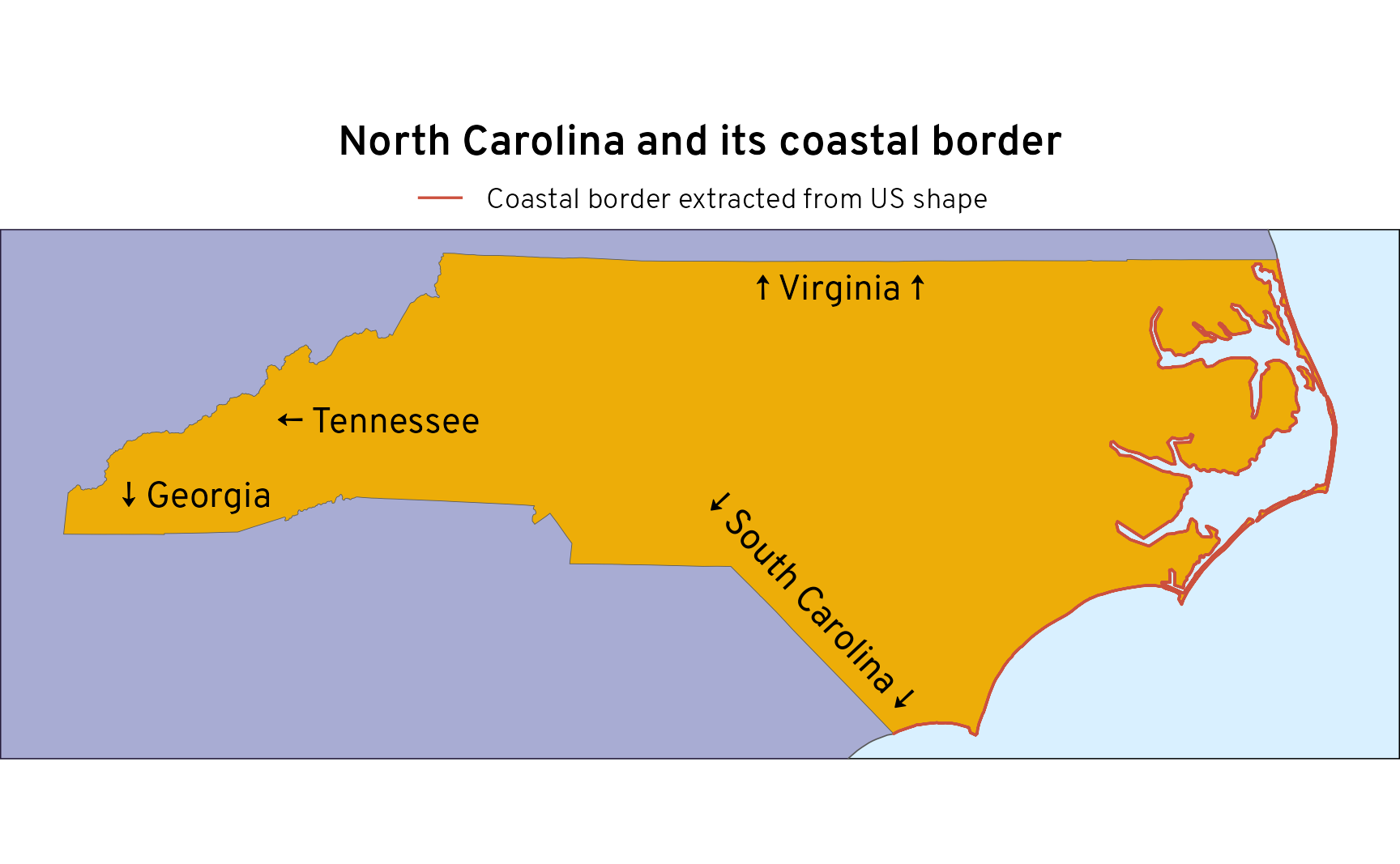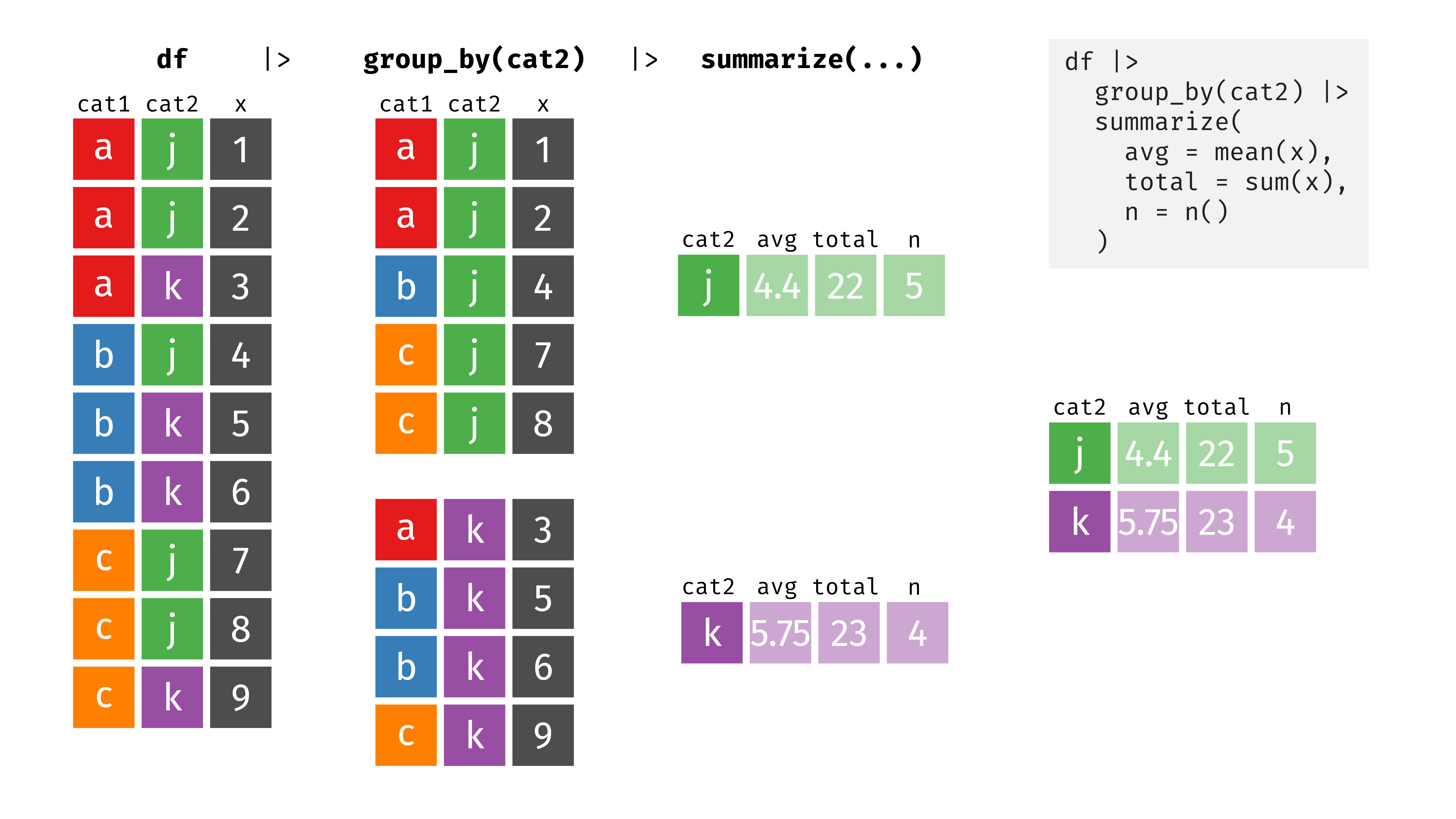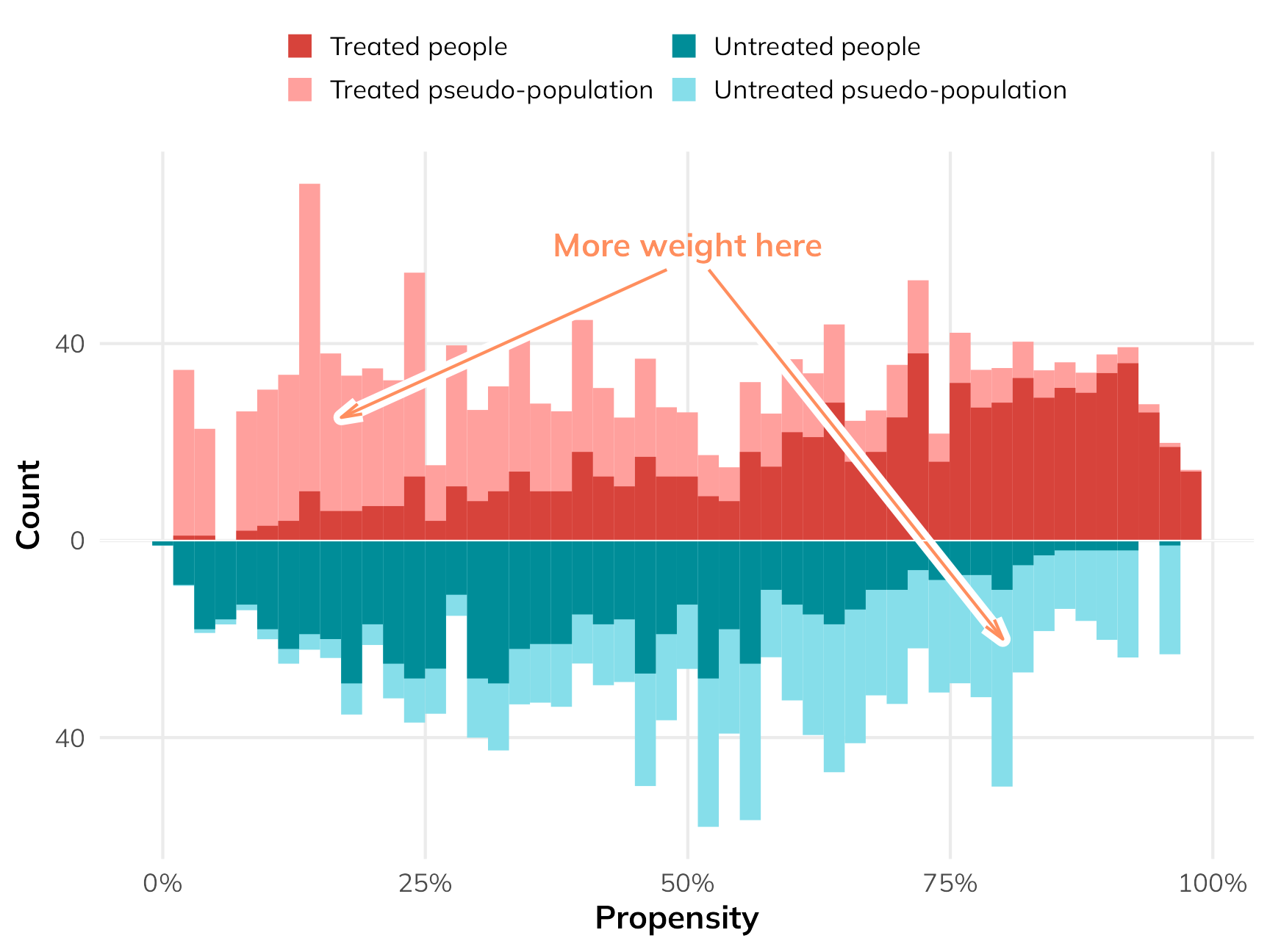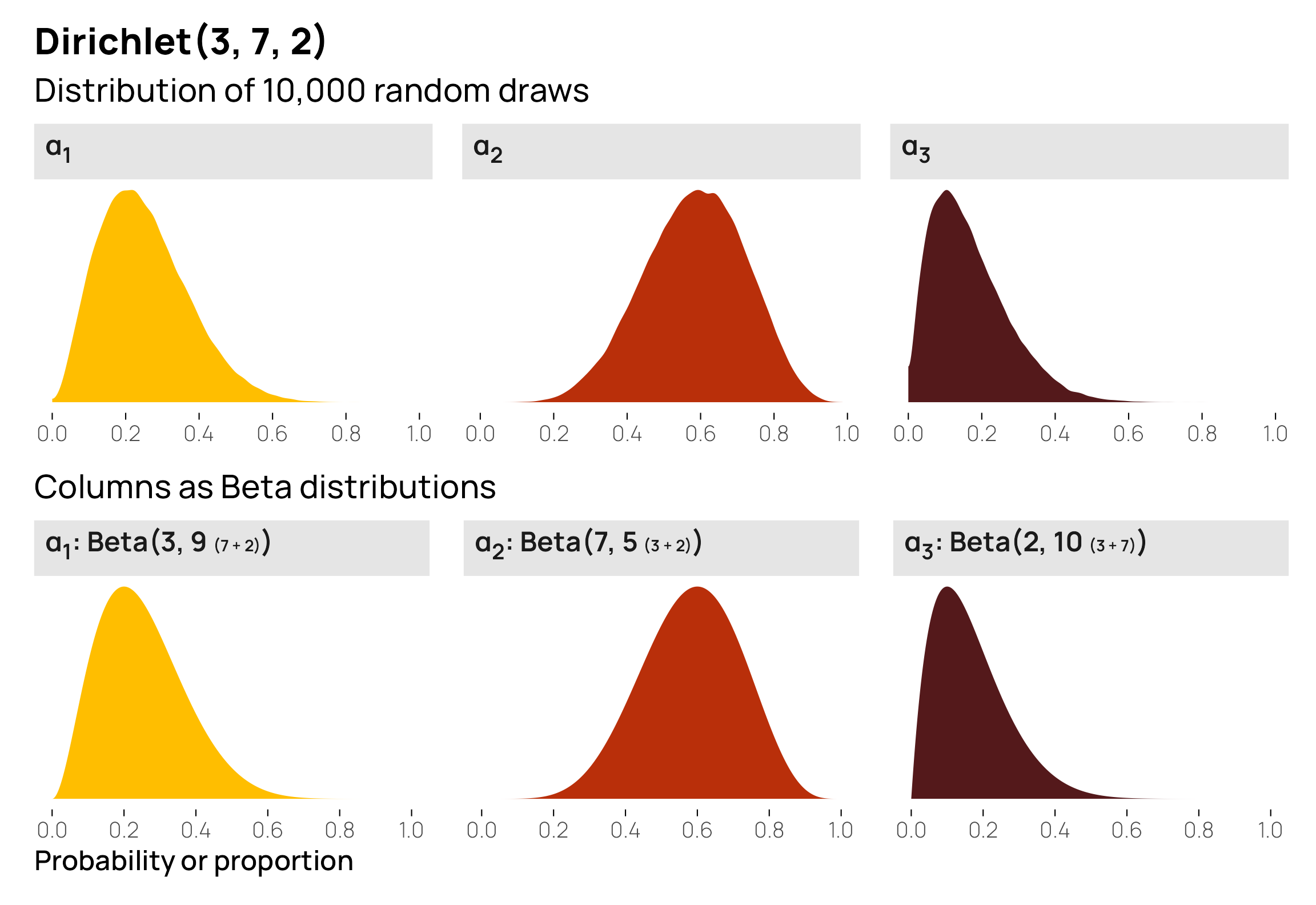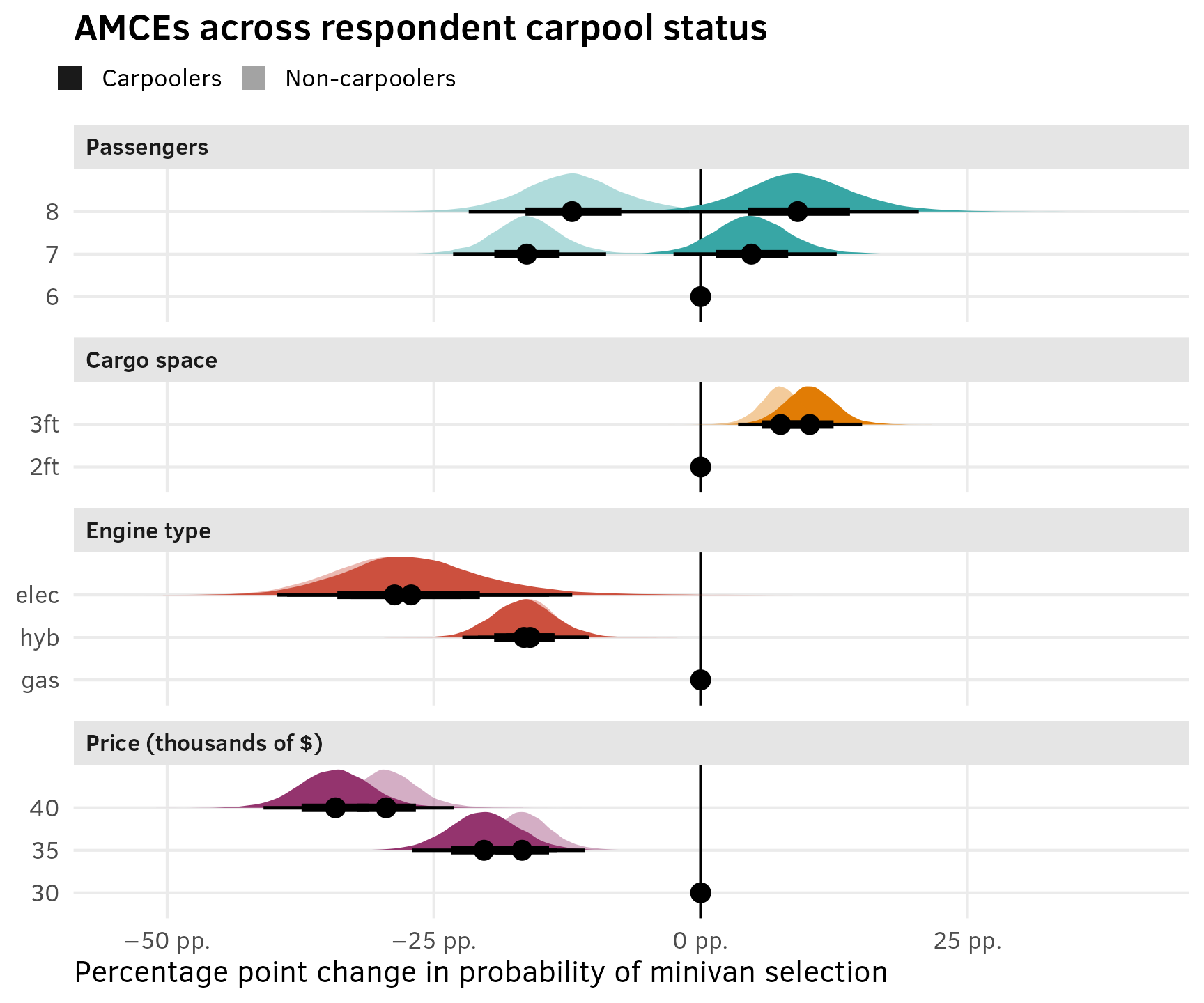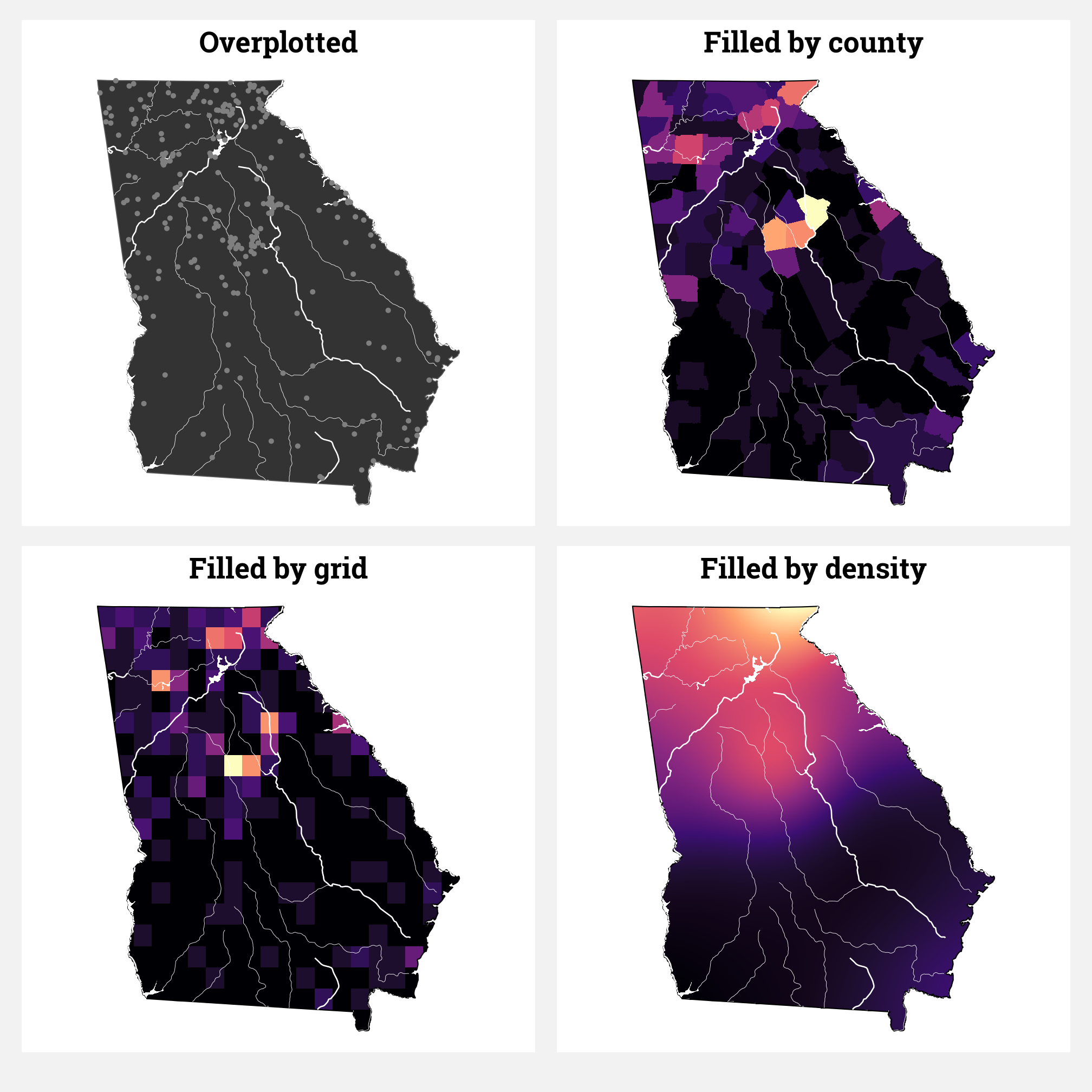
At the end of June 2024, Posit released a beta version of its next-generation IDE for data science: Positron. This follows Posit’s general vision for language-agnostic data analysis software: RStudio PBC renamed itself to Posit PBC in 2022 to help move away from a pure R focus, and Quarto is pan-lingual successor to R Markdown.
